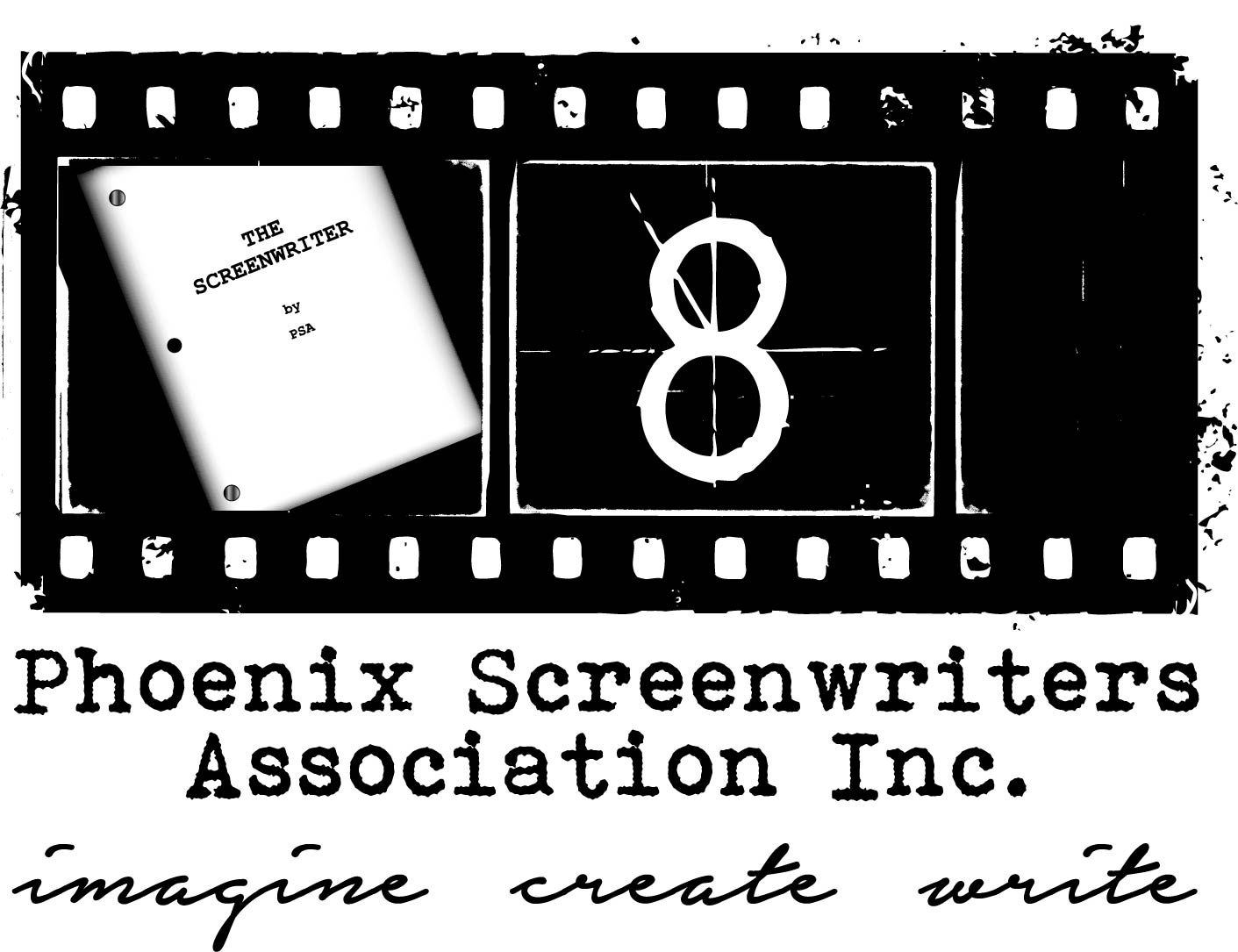 From Book to Screen (Part 2)
From Book to Screen (Part 2)
by Joe Gruberman
In my previous article (Part 1), I discussed the process of obtaining the screen rights to an existing literary work. These rights include permission to use the source work to write the screenplay and produce the motion picture. I also talked about the option agreement, which gives you exclusive access to the work for a fixed period of time prior to actually purchasing the full rights.
Your option expires on a specific date, usually six months or a year after signing. By that date, you must do one of three things: You ask for an extension of the period of the option and pay an additional fee; or you exercise the option and pay the full amount due for securing your ownership of the screen rights; or you let the option expire and destroy whatever pages you’ve written so far. Let’s suppose that the sequence of events is going to overlap somewhere, somehow. For example:
Intentionally, I’ve left a gap between your initial epiphany (“conceptualize adaptation”) and the beginning of story development. That corresponds to the realization that you cannot simply transpose the book into screenplay format. Books are generally meant to be read, not viewed over the course of two hours. Meandering descriptive passages serve to paint a scene and give the story and its characters depth. Movie scripts don’t have that luxury. Movie scripts use impressions, suggestions and context. Our brains (and the film’s production design department) fill in the rest. Accepted screenplay format rarely allows for elaborate description of passages. Neither does it tolerate blow-by-blow descriptions of fight scenes. “The battle begins!” is about the best you can hope for. The singular challenge to you, the screenwriter, is to make this book “watchable”. Your obligation as a good screenwriter is to try to make the screenplay as good as or better than the book.
So we ask, “Where is the visual story?”. My most recent adaptation came from a diary account that spans three generations of an immigrant family that overcomes hardships in czarist Russia before escaping to America. I could have written it as an epic journey except that the main characters were not a critical component of the larger story of the Russian pogroms of the late 1800s. The epic struggle was little more than the backdrop of the more personal story of a young girl — let’s call her Sara — overcoming personal tragedies and finding her place of responsibility within a motherless family. Consequently, Act I begins with Sara, as a child, when she first becomes aware that things around her are changing for reasons she doesn’t understand. The script concludes halfway through the book story, with Sara’s first steps down the gangplank onto Ellis Island in New York City. Nothing before or after that contributes significantly (if at all) to Sara’s story. Therefore, to find the visual story, start by determining who your hero is, and then tell a story about your hero. You’ll find that the longer the book, the more hero’s stories you’ll have to choose from. Like a newspaper reporter, you may need to dig for the gold.
Having found it, where do you go with it? Here’s where we find that we must apply all of the creativity at our disposal, above and beyond any literal transpositions from book to screen. In other words, we may need to add stuff that wasn’t in the book! Such a divergence is expected and should have been written into the rights agreement. No one can reasonably expect us to adapt a source without making changes. If the author (or other owner of creative rights) waives their “droit moral” — essentially, their right to protect the artistic integrity of their work — they are giving you, the screenwriter, permission to add, change, delete, etc. anything about the book that you feel has no place in the movie. This waiver is common in such agreements. Make sure yours includes it.
I find that I need to really know a book before I can start writing the movie. I need the characters to live inside of me and the plot to unfold like a movie in my head. When that happens, the result is often a series of movies, especially if it’s an older book, which will generally span a much longer period of time. By comparison, newer books by younger authors, outside of sci-fi/fantasy, tend to read like procedural television episodes. Consequently, these may be the easiest to adapt.
A well-written book will likely stick to the “beginning-middle-end” format, chapter by chapter. Once you’ve visualized the whole story then you’ll have an easier go of segmenting it into a series of compelling scenes that culminate in a satisfying conclusion. Notice that I said “compelling” and not just “interesting”. Here again, unlike a book, you have a special challenge, which is to keep your audience’s attention for the full duration. You cannot effectively put a bookmark into a movie, and then come back to the theater a few hours later to finish viewing it. By definition, that would not be “compelling”. Here is where you use your skills as a screenwriter… which is well beyond the scope of this article on adaptation.
With the option deadline looming and the script essentially completed — don’t expect to have a final draft at this point — contractual decisions need to be made. Is the script shootable? Is it bankable? Do you have the wherewithal to pay the price to obtain the full rights? Do you have a benefactor who will do that for you? Do you, instead, need to extend the option period, even though the script is written, pending a concrete production start date with a capable producer? Be mindful of what may happen if your script suddenly catches fire in the industry. The author’s agent will find out. So if you let your option expire, it’s quite probable that a new option agreement will cost you significantly more. (After all, the value of the underlying property has just gone up.) This may turn out to be the best or the worst investment you will ever make in your writing career. Either way, learn from it and live with it. That’s how this business works.
About Joe Gruberman:
Joe Gruberman is an Arizona-based writer, educator, and award-winning multimedia producer. His latest two films, ELEVEN ELEVEN and RAISING BUCHANAN, are available on most streaming platforms.

